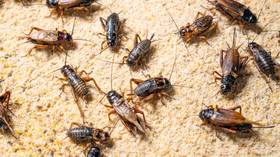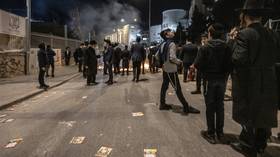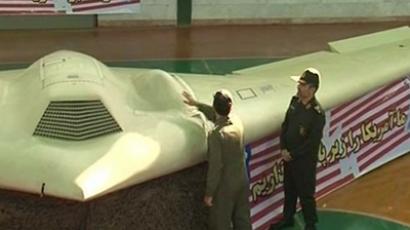Iran says it has finished decoding downed CIA drone

Iranian officials say they have completed decoding the surveillance data and software extracted from the Central Intelligence Agency (CIA) drone that the United States lost possession of nearly two years ago near the city of Kashmar.
Hossein Salami, the lieutenant commander general of Iran’s Army of the Guardians of the Islamic Revolution, told the country’s Fars news agency that analysts have finally cracked the systems used within the RQ-170 Sentinel drone obtained in December 2011.
Iranians claimed previously that they brought the drone down after it entered Iranian airspace without permission. Roughly one week later, CIA officials admitted the drone was conducting a reconnaissance mission over Afghanistan when it went missing.
When the US asked Iran to return the unmanned aerial vehicle,
Salami told Fars news agency, "No nation welcomes other
countries' spy drones in its territory, and no one sends back the
spying equipment and its information back to the country of
origin.”
Nearly two years later, Salami is now celebrating Iran’s latest
accomplishment with regards to the UAV.
"All the memories and computer systems of this plane have been decoded and some good news will be announced in the near future not just about the RQ-170 and the optimizations that our forces have done on the reversed engineered model of this drone, but also in area of other important defense achievements," Fars quoted him.
When the Iranian military gained control over the drone, the unmanned aerial vehicle’s (UAV) erase sequence allegedly failed to delete sensitive data from it. Since then, Iranian experts have been decoding the captured data, occasionally reporting their progress.
Although the CIA has not admitted the extent of the drone’s capabilities, experts have said previously that reverse engineering the Sentinel could be a significant event for any nation-state looking to learn more about the technologies utilized by American spy planes.
"It carries a variety of systems that wouldn't be much of a benefit to Iran, but to its allies such as China and Russia, it's a potential gold mine," robotics author Peter Singer told the Los Angeles Times in 2011.
"It's bad — they'll have everything" an unnamed US official added to the Times then. "And the Chinese or the Russians will have it too."
Meanwhile, a report in the New York Times this weekend suggested that Chinese researchers have been busy on their own attempting to emulate American drones. Edward Wong wrote in the Times on Friday that Chinese hackers working for the state-linked Comment Crew cybergroup have targeted no fewer than 20 foreign defense contractors during the last two years in hopes of pilfering secrets that would be useful in programming their own UAVs.
“I believe this is the largest campaign we’ve seen that has been focused on drone technology,” Darien Kindlund, manager of threat intelligence at California-based FireEye, told Wong. “It seems to align pretty well with the focus of the Chinese government to build up their own drone technology capabilities.”
Vice’s Motherboard website reported this week that at least 123 cyberattacks waged at American drone companies have been spotted by security researchers since 2011, and quoted Kindlund as saying the attacks have been “largely successful.”














